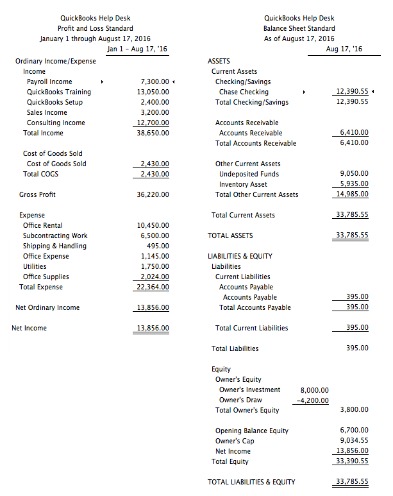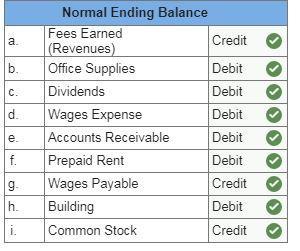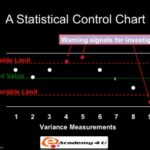
You can also press the « show details » button to see the breakdown of how much money you started with, how much extra money you contributed over time, and the total interest you earned. Compound interest tables were used every day before the era of calculators, personal computers, spreadsheets, and unbelievable solutions provided by Omni Calculator 😂. The tables were designed to make the financial calculations simpler and faster (yes, really…). They are included in many older financial textbooks as an appendix. Total Deposits – The total number of deposits made into the investment over the number of years to grow. Impact on your credit may vary, as credit scores are independently determined by credit bureaus based on a number of factors including the financial decisions you make with other financial services organizations.

Interest Earned

Enter in the amount of your initial investment, your monthly contribution (if any), the amount of time you plan to save, the interest rate and the compound frequency. In December, I opened a high-yield savings account with Ally that, at the time, had an APY of 4.35%. Compare that to my previous savings account at my local credit union, which earned a paltry 0.01% APY. As a general rule, online-only banks consistently offer better APYs on savings accounts because they have fewer overhead costs than banks with physical branches. It’s also important to consider the role of compound interest in retirement planning.
Overlooking compounding frequency
The best way to take advantage of compound interest is through saving and investing. If you’re borrowing money, you want the lowest interest rate possible, compounded as infrequently as possible. If you want to find out how long it would take for something to increase https://www.accountingcoaching.online/ by n%, you can use our rule of 72 calculator. This tool enables you to check how much time you need to double your investment even quicker than the compound interest rate calculator. Obviously, this is only a basic example of a compound interest table.
Tips for maximizing returns
In fact, compounding is part of what makes carrying an outstanding credit card balance so costly. Compound interest is a type of interest that’s calculated from both the initial balance and the interest accumulated from prior periods. As you can see this time, the formula is not very simple and requires a lot of calculations. That’s why it’s worth testing our compound interest calculator, which solves the same equations in an instant, saving you time and effort.

Three Ways To Compound Your Wealth Faster!
Tibor Pál, a PhD in Statistical Methods in Economics with a proven track record in financial analysis, has applied his extensive knowledge to develop the compound interest calculator. In finance, the interest rate is defined as the amount charged by a lender to a borrower for the use of an asset. So, for the borrower, the interest rate is the cost of the debt, while for the lender, it is the rate of return. Future Value – The value of your account, including interest earned, after the number of years to grow. By using the Compound Interest Calculator, you can compare two completely different investments. However, it is important to understand the effects of changing just one variable.
Formula methodology
To make it more pronounced, let us examine a hypothetical investment with a 15% annual rate of return over ten years. Assuming the returns can be reinvested at the same rate at the end of each year, note how the difference increases as the number of compounding periods goes up. It can be easy to overlook compounding frequency when choosing things like bank accounts or loans, but it can make a big difference. If you’re comparing offers that list similar interest rates, make sure to check if interest compounds daily, monthly, quarterly, or yearly. If one offers daily compounding and another offers yearly compounding, you could end up earning or owing very different amounts of money. If you’re the one earning money off the interest, daily or monthly compounding is preferable to yearly.
The more frequently your interest compounds, the more you earn or pay in the long run. While it’s not required, you might want to include regular contributions in your calculations. Regular contributions are additional amounts of money you add to your investment or savings.
Which is better – an investment offering a 5% return compounded daily or a 6% return compounded annually? The following calculator allows you to quickly determine the answer to these sorts of questions. If an amount of $5,000 is deposited https://www.quickbooks-payroll.org/how-to-spot-avoid-and-report-fake-check-scams/ into a savings account at an annual interest rate of 3%, compounded monthly, with additional deposits of $100 per month(made at the end of each month). The value of the investment after 10 years can be calculated as follows…
- Investment accounts can be classified as tax-deferred (e.g., 401(k), IRA) or taxable (e.g., regular brokerage accounts).
- We’ll say you have $10,000 in a savings account earning 5% interest per year, withannual compounding.
- Here’s how different compounding period intervals are affecting the total amount generated and interest earned.
- This website’s owner is mathematician Miloš Petrović.I designed this website and wrote all the calculators, lessons, and formulas.
- Since money is put into your account more frequently, more interest is counted when compounds happen.
Start by multiply your initial balance by one plus the annual interest rate (expressed as a decimal) divided by the number of compounds per year. Next, raise the result to the power of the number of compounds per year multiplied by the number of years. Subtract the initial balancefrom the result if you want to see only the interest earned. Before you get started, you need to decide what you are trying to calculate (final balance, interest rate, etc.). This will help you select the right formula from the Calculate field.
In a savings account, compound interest is on your side, helping to accelerate the growth of your dollars. But if you have high-interest credit card debt, compound interest is working against you. The future value represents the total amount small business retail accounting your investment will be worth after a specified period, considering the compounding interest. This figure is crucial as it allows you to see the potential growth of your investment over time and compare it to other investment opportunities.
